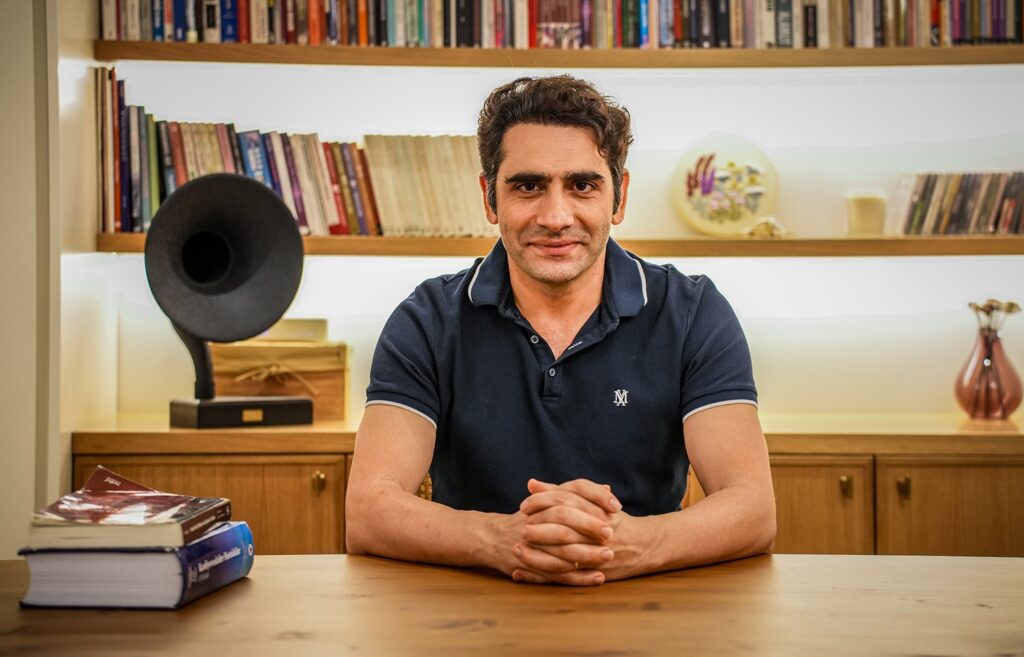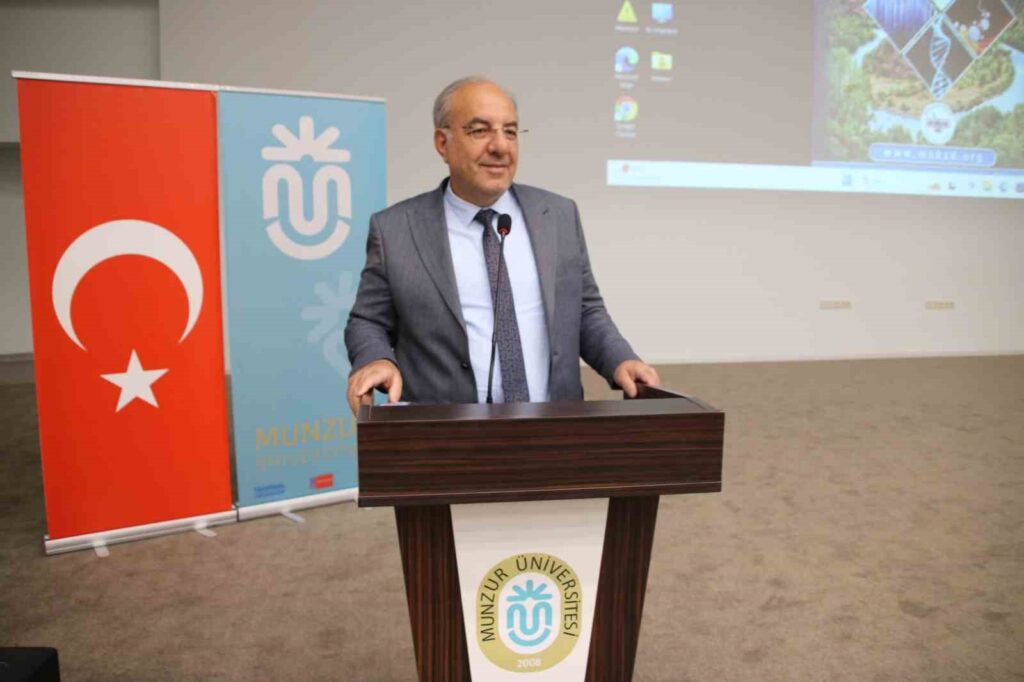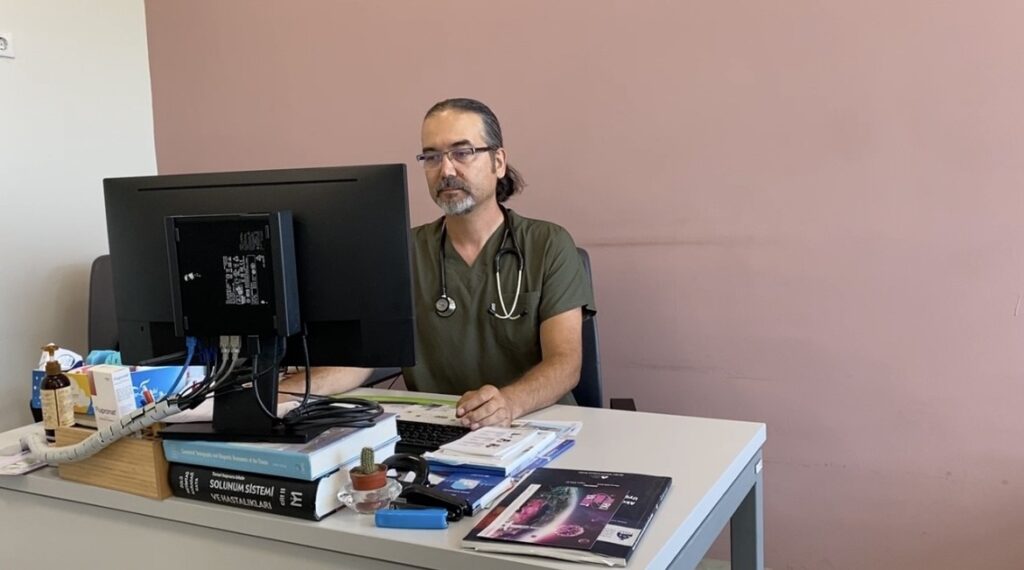There is no hidden form of heart disease, just neglect
Health Sciences University Adana City Training and Research Hospital Cardiology Specialist Assoc. Dr. Gökhan Alıcı stated that expressions such as hidden heart disease or hidden heart attack are quite common among the public, saying, ‘In fact, this is actually a common misunderstanding that is not based on scientific facts…

Associate Professor Dr. Gökhan Alıcı, a Cardiology Specialist at Health Sciences University Adana City Training and Research Hospital, stated that the term ‘hidden heart disease’ or ‘hidden heart attack’ is quite common among the public, emphasizing that it would be more accurate to call it negligence rather than secrecy. Dr. Alıcı pointed out that individuals with hereditary heart disease in their families who do not take precautions by attributing various symptoms to other causes may lose their lives at a young age, saying, ‘We can come across even those who seem extremely healthy, even regularly exercise, and are under the age of 20 or 30 suddenly having a heart attack.’ Alıcı, mentioning that in medical terms this is called ‘silent ischemia,’ stated the following: ‘Ischemia is the result of tissue damage that occurs when blood flow weakens, stops in organs such as the heart and brain, and these organs cannot receive oxygen. When a part of the body and some organs become ischemic, they cannot receive all the oxygen and nutrients they need.’ Approximately 20% of heart diseases are silent ischemia. Dr. Alıcı pointed out that 20% of heart artery blockages are ‘silent ischemia,’ and due to lack of precautions, this condition is sometimes understood after the person’s death, and issued the following warnings: ‘Early diagnosis is important for every disease, but early diagnosis is vital in cardiovascular diseases. Typical symptoms of heart disease such as chest tightness, burning, pain radiating to the left arm are generally attributed by individuals to other causes such as initially catching a cold. This situation is observed in 20% of patients.’ Silent ischemia in the elderly. Alıcı stated that silent ischemia is more common in elderly patients and men, but pointed out that the cardiovascular death rate is higher in women patients, saying, ‘Silent ischemia is seen in healthy individuals, but it is more common in diabetic patients, the elderly, those with a history of previous heart attack or bypass, elderly patients who have undergone surgery, and critically ill patients followed for diseases other than heart disease in intensive care.’ Recognizable symptoms may not be present. Dr. Alıcı stated that the typical symptoms of heart disease are chest tightness, pain in the neck, arm, left wrist or finger, feeling of pressure, numbness, and tingling during exertion, but pointed out that these may not be observed in some patients, and continued as follows: ‘Individuals who feel pain during exertion naturally switch to rest. During this warning, they cannot push themselves further. However, the absence of these symptoms is also possible. Patients who do not receive early warning continue to exert themselves, putting strain on the heart. This also paves the way for a heart attack. In these patients, the risk of death due to a heart attack is at least 2 times higher than in those who have a normal heart attack.’ Dr. Alıcı stated that since the heart is an organ that works continuously 24 hours a day, it needs more oxygen, and if there is a blockage in the vessels, the oxygen flow to the heart slows down. As a result, symptoms such as chest pain, memory problems, dizziness, fainting sensation, quick fatigue during physical activity, fainting, and shortness of breath can occur. Attention to diabetic patients. Dr. Alıcı, suggesting that complaints such as difficulty breathing, weakness, nausea, vomiting, and sweating may also be symptoms of heart disease, warned diabetic patients, saying, ‘Diabetic patients also constitute a risky group for silent ischemia. The risk in these patients reaches 60%. In addition, obesity, chronic lung disease, sleep apnea, total cholesterol above 240 mg/dl or LDL cholesterol above 160 mg/dl or HDL cholesterol below 35 mg/dl, and smoking constitute other risk factors.







